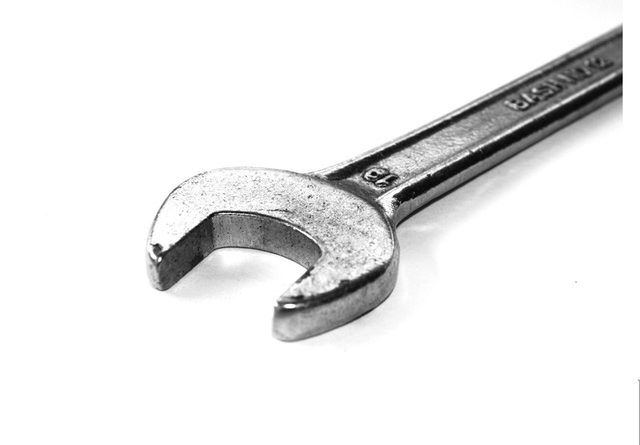4 Common Car Problems and How To Solve Them
Even some of the biggest car enthusiasts can struggle to solve some of the simplest problems. Basic car maintenance is a hugely valuable skill to learn, and can save you a great deal of cash in the long run. All you need to look out for is the most obvious signs that something isn’t quite right and teach yourself some repair techniques

Of course, some problems are just too complicated to be solved by your average driver, so professional auto repair may be your best course of action. But for those problems that can be solved, it is certainly worth having a go yourself. Here are just a few common car problems and solutions.
Flat Tire
Probably the most well known source of car trouble but still one that many people have no idea how to sort out, it should be pretty obvious that you have a flat tire from the tilting of your car and the fact that you can hear a loud thumping noise. Use the car jack under a stable part of the frame and pump up the car. Next, remove the lug nuts and put the donut on. Before you slowly bring down the jack, make sure the nuts have all been tightened sufficiently.
Dead Alternator
Many people would see a dead alternator as something that is inherently complicated to fix, but this doesn’t necessarily have to be the case. The main symptoms are that your car won’t turn over and the gadgets also won’t light up. Start by removing the electrical connections where the power wires and harness connector are located. Next unbolt the brackets and use the tensioner to free the serpentine belt. All you need to do now is put the new one in the same way, reconnecting the wires before firing up the engine.
Squeaky Belts
This should be a pretty easy one to spot as you will be able to see the belts starting to fray and crack. Before actually going through the effort of removing the current belt, make sure you know the path it takes and have a diagram on hand. Using a ratchet, loosen the tension arm and free the belt. Once the pulleys have been exposed, double check to ensure there is no additional rubber or oil that would cause the belt to disintegrate quickly. The diagram should help you reroute the new belt, before locking up the tension arm once again.
Oil Change
A rough guide for when you need to change the oil of a car should be between 3,000 and 5,000 miles of driving, depending on the make and model. The four things that you need to know before changing the oil are: the type of oil and filter you need, where the filter is located, where the pan bolt is and how much oil your engine holds. Start the process by loosening the bolt and draining the old oil. Afterwards, replace the filter and refill the engine with new oil after retightening the belt.

